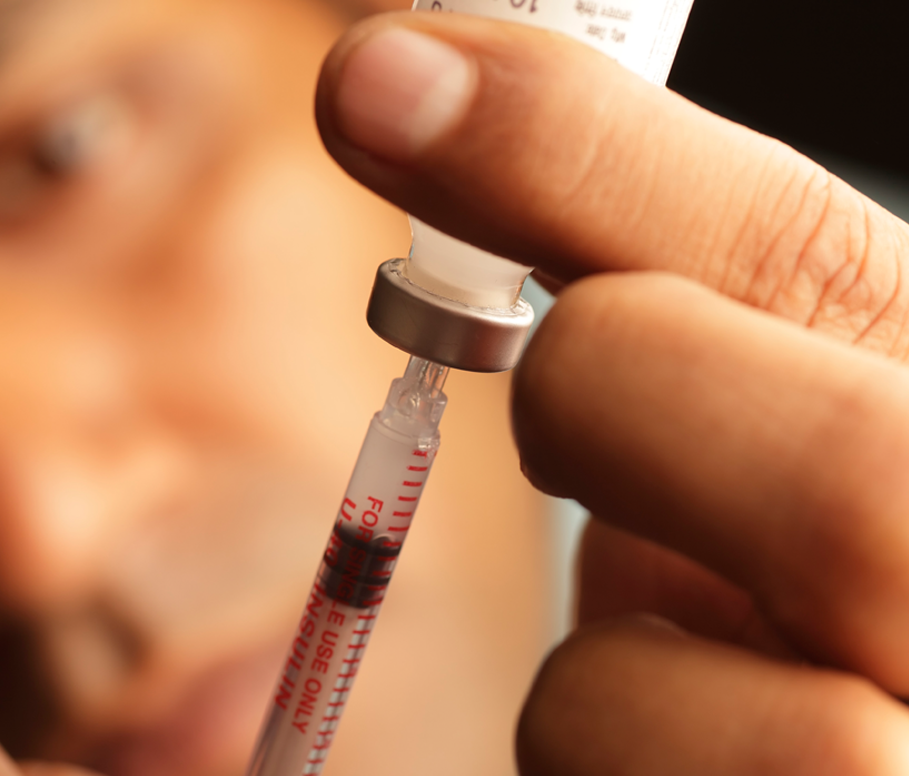2021 marks a significant anniversary in medical innovation history – a century since the discovery of insulin, the current standard of care treatment for diabetes. Before insulin, diabetes was a fatal disease, often within only a year or two. Today, people with diabetes live full lives. Let’s take a look at how innovators continue to leverage the discovery in 1921, and what world leaders should keep in mind as they honor this momentous invention and incentivize new and better ways to treat diabetes.
Insulin occurs naturally in the body, helping people properly absorb sugar. And while the medicines that treat diabetes bear the “insulin” name, the treatments of today are a far cry from those discovered 100 years prior:
- In 1922, researchers discovered how to extract insulin from animal pancreases for safe use in humans. To maintain proper insulin levels, patients had to inject themselves every six hours – even at night. As the decades progressed, researchers continued to formulate improved versions of insulin with longer durations and even invented a disposable syringe for easier administration.
- Seventy-five years later, researchers determined how to synthesize human insulins and alter them at the molecular level, in order to resemble natural insulin release. This reduced injection site and allergic reactions and improved blood sugar control.
- New mechanisms to administer insulin (e.g., insulin pens) have further simplified administration and provided more accurate dosing.
- Over the past few decades, research has shown a clear association with the ability to control blood sugar levels and the development of disease complications. As such, much of the innovation since the mid-1990s has focused on rapid- and long-acting insulin analogs, as a result of altering the human insulin molecule at the amino acid level – providing a more targeted mechanism than ever before.
Because of a supportive innovation ecosystem, today’s insulin is far better at treating diabetes than the formulation discovered a century ago.
Because of a supportive research and development ecosystem and the hard work of innovators, today’s insulin is much more advanced than the formulation discovered a century ago and is more closely aligned to natural insulin release in the body – allowing for better disease management. It’s an extraordinary story on how scientists built upon the initial discovery and then developed more effective and convenient ways to administer a treatment. Strong intellectual property rights incentivize innovators to continue refining and improving on a past discovery.
This year, the 100th anniversary of the discovery of insulin, the World Health Organization (WHO) will launch a new effort to improve diabetes care. Treating diabetes is a complex endeavor, requiring far more than just insulin injections. The WHO has an opportunity to look holistically at this challenge, addressing physical, cultural, dietary, and other factors that make diabetes so difficult to manage. Given the advances we have seen through public-private partnerships this year, upcoming activities like the WHO’s planned Global Diabetes Compact have an opportunity to build strong connections among health care providers, patients, insulin manufacturers, and other stakeholders who contributions will be vital.
As global health leaders address the challenges of diabetes care, including around insulin access and affordability, it remains critical that leaders consider the real barriers to medicine access. Through a supportive innovation ecosystem, with intellectual property rights at the center, innovators can continue to create improved formulations and delivery mechanisms that can improve diabetes patients’ health. But, if there is poor infrastructure, a weak supply chain, inadequate financing, healthcare workforce shortages and/or low health literacy, the insulins of today and future innovations will not make it to the patients who need it most.


